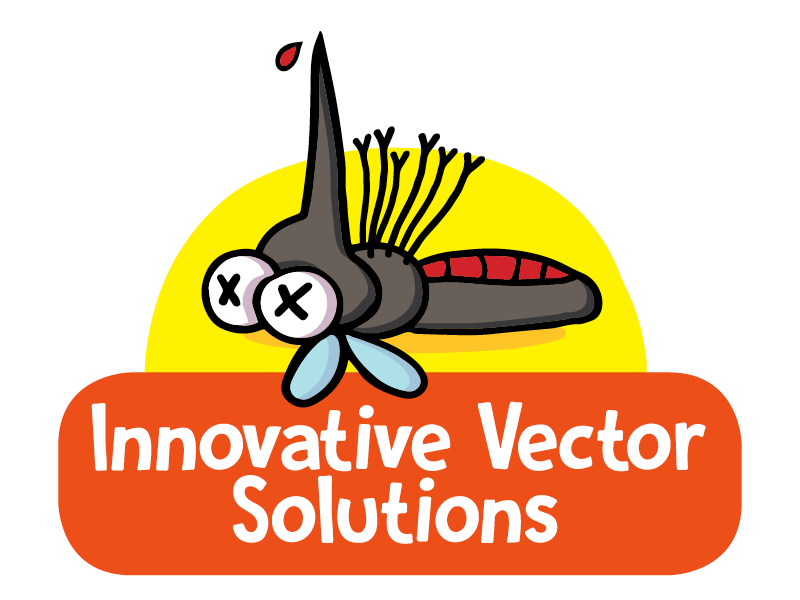Ongoing efforts to reach malaria elimination targets should not be ‘business as usual’, but unfortunately often are. I strongly feel it is our ethical duty to ensure we save the most lives per dollar spent on vector control, and have critically assessed the ‘status quo’ actions within the malaria control community to understand the potential impact and barriers to interventions.
A selection of relevant papers:
- Non-target effects of chemical malaria vector control on other biological and mechanical infectious disease vectors. The Lancet Planetary Health 2023
- Gaps in protection: the actual challenge in malaria elimination. Malaria Journal 2023
- Household modifications after the indoor residual spraying (IRS) campaign in Mozambique reduce the actual spray coverage and efficacy. PLoS Global Public Health 2022
- The need for practical insecticide-resistance guidelines to effectively inform mosquito-borne disease control programs. eLife 2021
- Taking the ‘I’ out of LLINs: using insecticides in vector control tools other than long-lasting nets to fight malaria. Malaria Journal 2020
- We spray and walk away: wall modifications decrease the impact of indoor residual spray campaigns through reductions in post-spray coverage. Malaria Journal 2020
- Putting evolution in elimination: winning our ongoing battle with evolving malaria mosquitoes and parasites. Evolutionary Applications 2018
Other contributions:
I actively evaluate and contribute to vector surveillance and control guidelines, implementation strategies and help setting the vector control research and development agenda.
- The malERA consultative group on resistance. Insecticide and drug resistance: The malERA Refresh research agenda for malaria elimination and eradication. PLoS Medicine 2017
- Integrated Vector Management Strategy and Insecticide Resistance Management for Malaria Vector Control 2021 – 2026, Mozambican National Malaria Control Program 2021
- Entomological Surveillance Planning Tool. UCSF publication 2020
- Vector alert: Anopheles stephensi invasion and spread. Horn of Africa, the Republic of the Sudan and surrounding geographical areas, and Sri Lanka. WHO publication 2019
